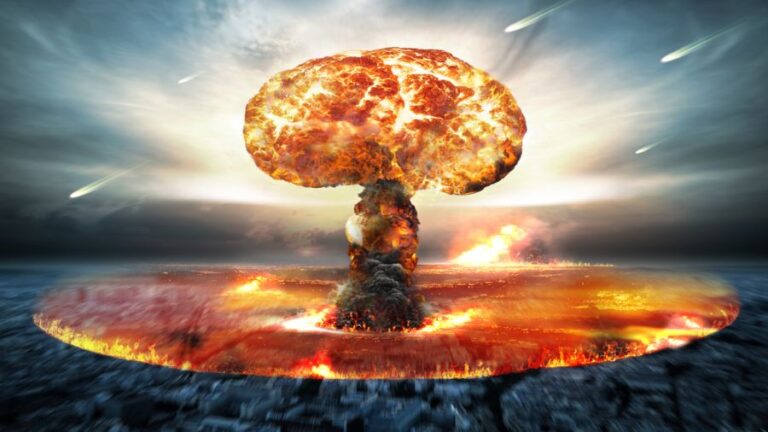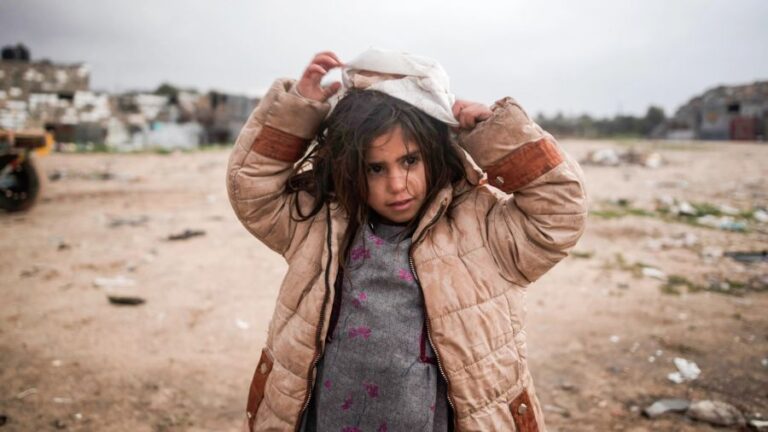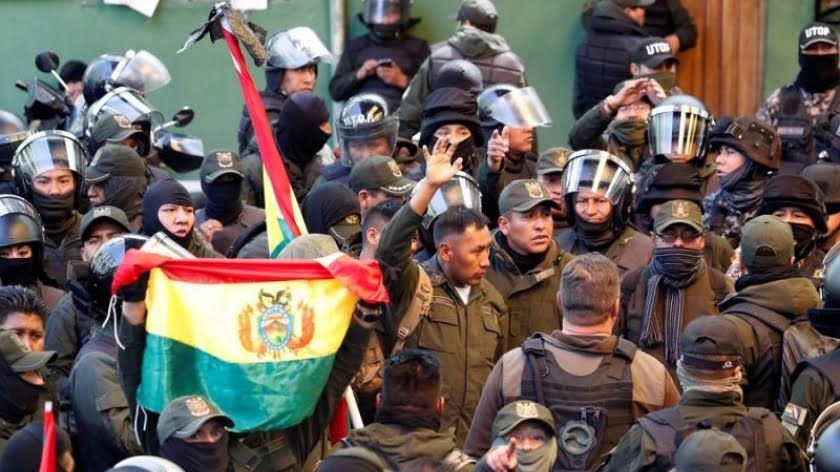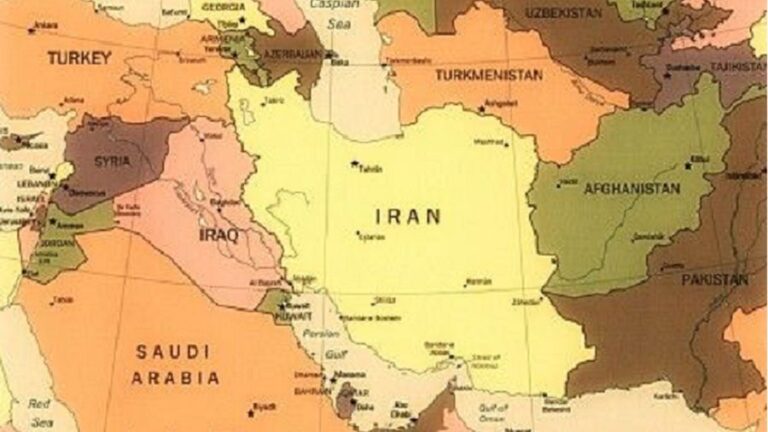NATO to Boost Military Presence in Afghanistan Again: Mission Impossible
According to NATO Secretary General Jens Stoltenberg, the alliance is again considering boosting its troop strength in Afghanistan. A decision on the possible troop increase is expected to be made by June. The timeframe of the deployments can also be lengthened. At present, the bloc deploys a 13,000 strong force in the country, which is losing ground to the Taliban. The US accounts for 8,400 military which are part of the NATO contingent.
After the departure of most foreign military from Afghanistan in 2015, the Taliban militants began to expand the territory under their control. The prospects for progress in Afghanistan are dim at best. The situation may destabilize dramatically in the near future. The administration in Kabul lacks unity while the clout of regional leaders and warlords is growing.
According to SIGAR, a US watchdog organization issuing reports on the situation in Afghanistan for the US Congress, the official authorities in Kabul controlled slightly more than half of the country’s territory. Approximately, 59.7 percent of the 407 districts were under Afghan government control or influence as of February 20, 2017, showing a slight 2.5 percentage point increase from November 2016. The SIGAR April 30 quarterly report says «The number of districts under insurgent control or influence also increased by four this quarter to 45 districts» in 15 Afghan provinces» showing a slight increase in the number of the country’s total districts under insurgent control or influence from about 10 percent to 11.1 percent.
The Taliban-led insurgency in Afghanistan has continued to inflict «shockingly high» casualties on government forces and brought more territory under its control or influence. About 6,785 Afghan soldiers and police personnel were killed while another 11,777 were wounded in the first 11 months of 2016. The Afghan government has not provided the US military with data for the last seven weeks of that year.
The fighting has also inflicted heavy losses among civilians. Conflict-related civilian casualties stood at more than 11,400, including around 3,500 deaths in 2016, according to the United Nations. The UN mission in Afghanistan documented the deaths of more than 700 civilians in the first quarter of 2017. The continued deepening and geographic spread of the conflict has prompted a 13% increase in the number of people in need of humanitarian assistance in 2017, now 9.3 million.
In February, General John Nicholson, commander of US forces in Afghanistan, testified at the Senate Armed Services Committee saying «we’re in a stalemate». He said there was a «shortfall of a few thousand» troops. Last month, the US dropped its largest non-nuclear bomb – an 11-ton «mother of all bombs» – on the Islamic State position in the eastern Nangarhar province with Marines returning to the Helmand province attacked by Taliban.
The Taliban has also been steadily making territorial gains with Afghan security forces slowly retreating. In late April, the group carried out one of its deadliest attacks since 2001, killing around 140 soldiers at an Afghan military base outside the northern city of Mazar-i-Sharif. On April 28, the Taliban announced the start of its annual «spring offensive.» The group captured a district in Afghanistan’s northern Kunduz province, the second area to fall to it a week after the offensive was declared.
Facing a desperate situation, the Afghan government turns to Russia for help. Last month, it asked Moscow for assistance in supplies, services and training for the military and police. «We discussed this at the Russian Foreign Ministry and asked to consider possible service support in Afghanistan, as well as material supplies and training for the armed forces and the police,» said Ashraf Haidari, head of the Afghan Foreign Ministry’s Department for Policies and Strategic Planning.
The diplomat paid special attention to servicing of Russian-made helicopters used by the Afghan Air Force. The deal faces snags on the way due to the sanctions imposed on Russia in 2014. As a result, the West and the Afghan government lose while the Taliban and the Islamic State – the terrorist groups operating in Afghanistan – gain.
Beefing up the Afghan government’s defense capability meets the US interests. The United States has eased the sanctions against Russian cooperation with Afghanistan on helicopter maintenance with Russia’s Rosoboronexport, the country’s state agency for exports/imports of defense-related and dual-use products. Like in the case of the Russia-produced RD-180 and RD-181 rocket engines needed to keep afloat its space research program, the US comfortably forgot about anti-Russian punitive measures.
The Afghan officials believe that the Shanghai Cooperation Organization (SCO) has a role to play in managing the crisis in the country. The Collective Security Treaty Organization, including Afghanistan, which has observer status of the alliance, has proposed cooperation with NATO on Afghanistan under the flagship of Russia. This initiative was rejected. In April, Russia hosted discussions on Afghanistan aimed at encouraging the Taliban to negotiate with the shaky government in Kabul. Eleven countries took part the Moscow conference, including Afghanistan, China, Iran, Pakistan and India. Former Soviet Central Asian states were invited to attend for the first time. The US rejected the invitation.
Despite all the existing differences, NATO officials have made statements in support of resuming Russia-NATO cooperation in Afghanistan. The parties had cooperated in Afghanistan before the sanctions were imposed and the ties frozen.
Russia’s contribution was significant. Moscow allowed land transit though its territory of non-military freight from NATO and non-NATO ISAF (International Security Assistance Force) countries. NATO used the transit center near Ulyanovsk. The parties implemented a program of common training for the prevention of drug trade in Central Asia. If Russia delivers its aviation equipment to Afghanistan, it will need to train Afghan pilots and navigators. Russia and NATO will be in the same boat involved in logistics supplies and training of Afghan military personnel. The word could be avoided but in practice it means nothing else but cooperation. Want it or not, NATO needs Russia in Afghanistan.
Russian President Vladimir Putin has expressed concern over the situation in the country and called for taking urgent steps to tackle the problem. Many militants operating in the northern Afghan provinces come from the countries of the post-Soviet space. The instability spreads to Central Asia posing a direct threat to Russia’s security as there is a growing risk of extremist attacks on the states allied with Moscow. Fighters with combat experience received in Syria have already been spotted in Uzbekistan’s Fergana Valley. The infiltration of Islamic State into Afghanistan threatens the Russian North Caucasus and the Volga region.
The US-led forces have been fighting in Afghanistan for 16 years in America’s longest-ever war. The result: almost half of the country is either contested or under the control of the Taliban. The Islamic State terrorist group is also operating on the Afghan soil now. The situation in Afghanistan cannot be swept under the rug – it’s a burning problem that only a truly international effort can solve. It’s serious enough to top the agenda of the Russia-NATO Council. It could become a starting point on the way of rebuilding the broken relationship.
By Alex Gorka
Source: Strategic Culture







